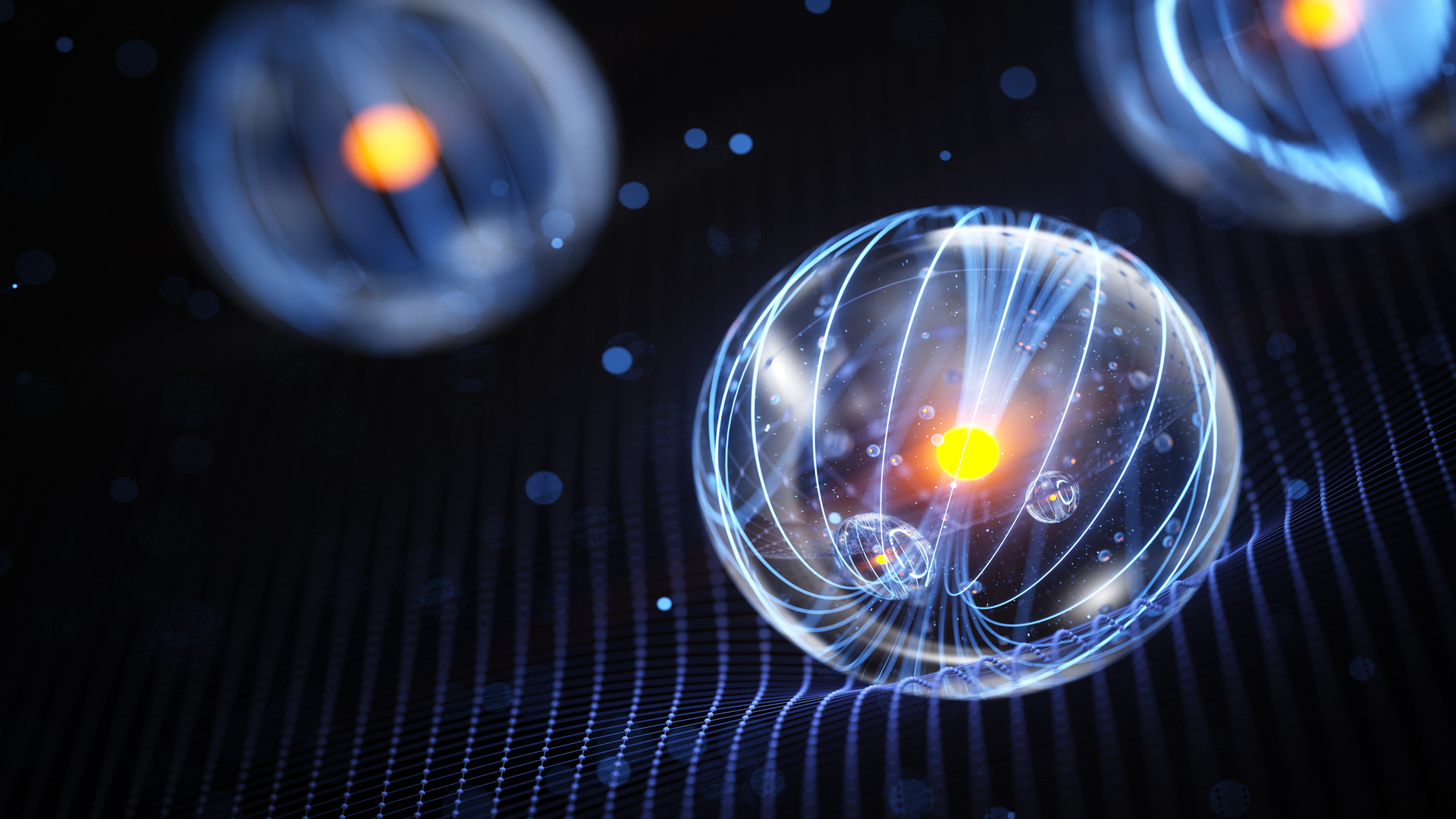Hot electrons from quantum dots break tough bonds using 99% less energy

Source: interestingengineering
Author: @IntEngineering
Published: 7/5/2025
To read the full content, please visit the original article.
Read original articleResearchers at the Hong Kong University of Science and Technology (HKUST) have developed a groundbreaking photocatalytic system using manganese-doped CdS/ZnS quantum dots (QDs) that can break strong chemical bonds with 99% less energy than traditional methods. By harnessing a quantum effect known as the two-photon spin-exchange Auger process, these QDs efficiently generate "hot electrons"—high-energy electrons capable of driving challenging reactions previously thought too difficult for light-based catalysis. This approach allows two low-energy photons to combine their energy inside a quantum dot, producing a powerful electron that can cleave tough bonds such as C–Cl, C–Br, C–I, C–O, C–C, and N–S, and perform reductions on molecules with extremely negative potentials (down to −3.4 V vs. SCE).
The system notably enables reactions like the Birch reduction, traditionally requiring harsh conditions like liquid ammonia and alkali metals, to proceed under
Tags
quantum-dotshot-electronsphotocatalysisnanomaterialsenergy-efficiencychemical-bondsphotoreduction